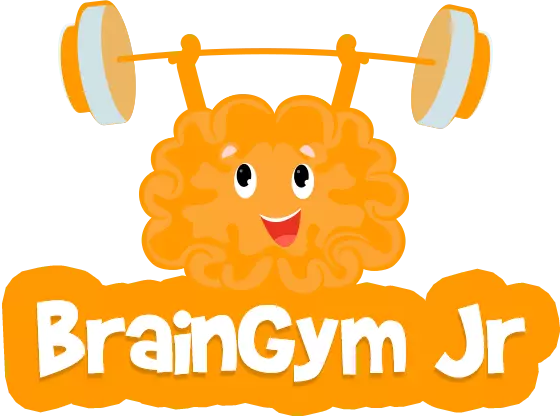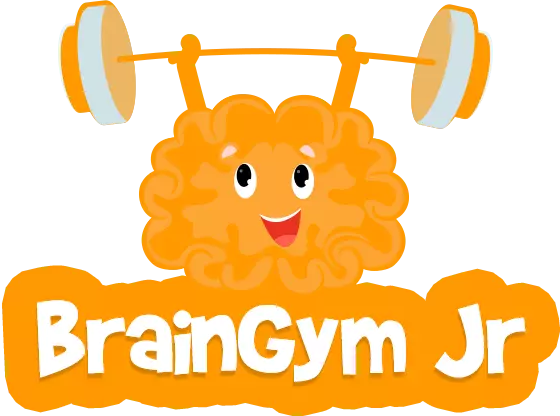Intrinsic vs. Extrinsic Motivation for Children
Motivation plays a pivotal role in a child's learning journey - influencing their engagement, persistence, and overall academic success. In understanding motivation, two primary forms come to light: intrinsic and extrinsic.
Intrinsic motivation refers to the internal drive or desire to engage in an activity for its own sake, deriving satisfaction and enjoyment from the activity itself rather than external rewards or pressures. Children intrinsically motivated are often self-directed, curious, and passionate about learning. They engage in activities out of genuine interest and personal fulfilment, fostering a sense of autonomy and mastery over their learning journey. However, while intrinsic motivation promotes long-term engagement and fosters a love for learning, it may not always be sufficient to sustain motivation, especially when faced with challenges or setbacks.
On the other hand, extrinsic motivation involves engaging in activities to attain external rewards or avoid punishment. These rewards can range from tangible incentives such as grades, prizes, or praise to intangible rewards like social approval or recognition. Extrinsic motivation can be a powerful tool for shaping behaviour and incentivizing desired outcomes in the short term. However, relying solely on external rewards may undermine intrinsic motivation and hinder the development of genuine interest and passion for learning. Moreover, children may become dependent on external validation, compromising their autonomy and intrinsic drive to learn.
A few examples of Intrinsic and Extrinsic Motivation for children are as follows:
Intrinsic Motivation
Curiosity
Encouraging children to explore topics of interest and pursue their natural curiosity can foster intrinsic motivation. Parents can facilitate this by providing access to a variety of resources, such as books, educational apps like BrainGymJr, engaging videos or hands-on activities, that cater to your child's interests.
Autonomy
Providing opportunities for choice and autonomy in learning tasks empowers children to take ownership of their learning journey. For example, allowing children to select their extracurricular activity such as playing the guitar or learning football, helps create a deeper passion for it and is a great source of intrinsic motivation.
Mastery
Celebrating progress and effort over outcomes helps children develop a growth mindset and promotes intrinsic motivation to master new skills. Parents can support this by praising their child's persistence and resilience in the face of challenges, emphasizing the importance of learning from mistakes, and embracing a growth mindset themselves. For example, celebrating moving up a level in any activity or completing a book can encourage children to stay committed.
Extrinsic Motivation
Rewards
Offering rewards such as stickers, certificates, or privileges can incentivize desired behaviours and academic achievements. Parents can establish a reward system where children earn points or tokens for completing tasks or demonstrating positive behaviours, which can be exchanged for desired rewards or privileges.
Parents can also utilize BrainGymJr which comes with inbuilt rewards for children. When they practice English, Math or G.K, they earn points. These points can be redeemed for a wide range of toys, books, games and more!
Praise and Recognition
Providing specific and genuine praise for effort and accomplishments can boost children's self-esteem and motivation. Parents should highlight their child's strengths and achievements, acknowledging their hard work and progress in various areas of their life. On BrainGymJr, we give daily badges to recognize extra effort or skill.
Competition
Healthy competition can serve as an extrinsic motivator, encouraging children to strive for excellence and improve their performance. Parents can encourage friendly competition by organizing academic challenges or game-based activities where children can compete with their peers in a supportive and inclusive environment. Another great way to compete with your friends is on BrainGymJr. With the inbuilt leaderboard you can compare your performance with your peers and work hard to stay at the top.
Intrinsic and extrinsic motivation each have their place in a child's learning journey, offering unique benefits and considerations. While intrinsic motivation fosters genuine interest and passion for learning, extrinsic motivation can provide valuable incentives and reinforcement for desired behaviours. As parents and educators, it's essential to strike a balance between intrinsic and extrinsic motivators, nurturing children's innate curiosity and autonomy while providing appropriate support and encouragement along the way.
"Motivation is the key to unlocking a child's full potential. By understanding the interplay between intrinsic and extrinsic motivation, we can empower children to become lifelong learners who are driven by passion and purpose."





